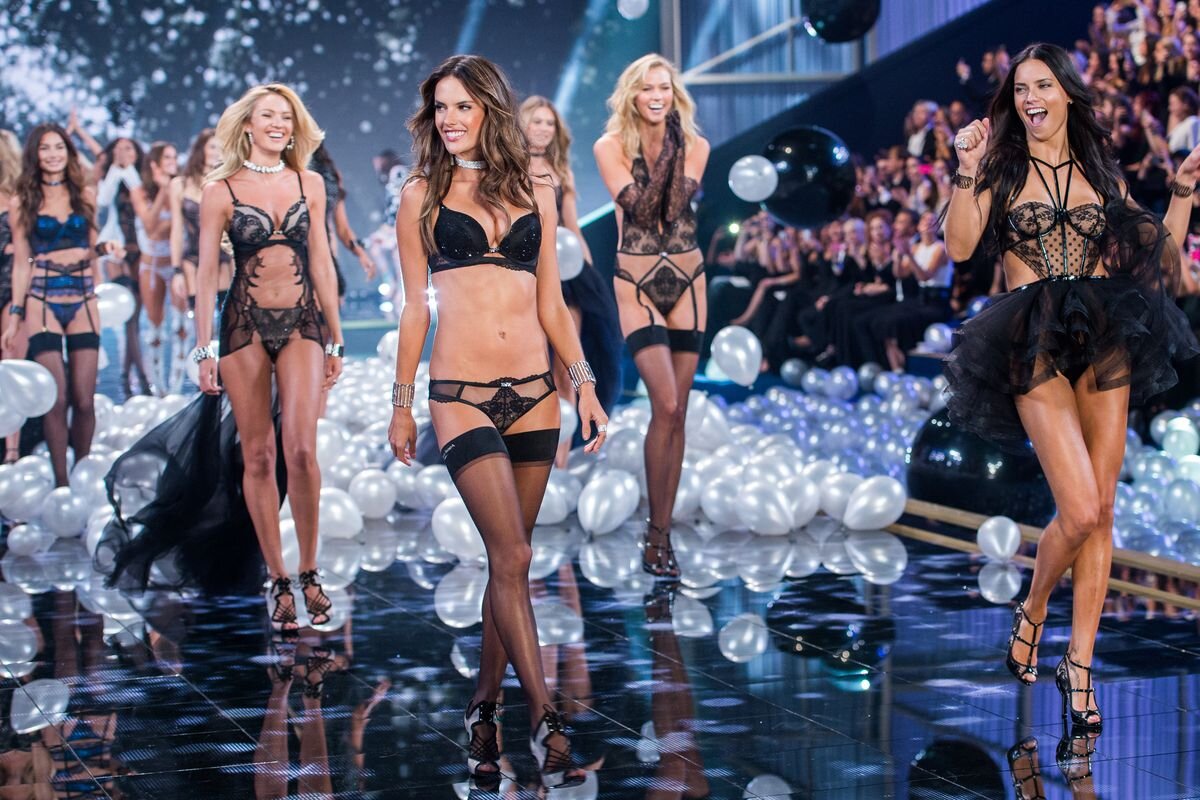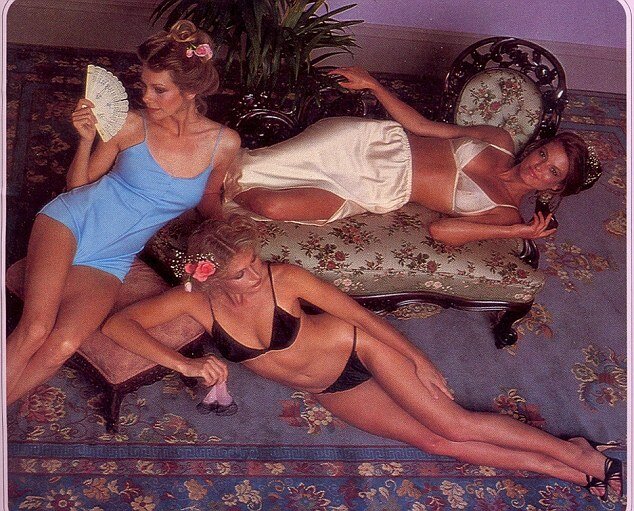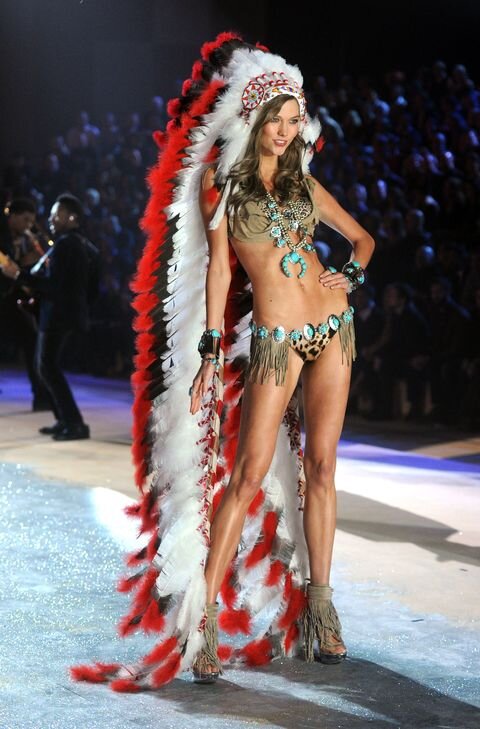The Rise and Fall of Victoria's Secret
By Hannah Schmidt-Rees
American lingerie brand Victoria Secret has gone from being one of the biggest lingerie companies in the world to honestly one of the most.. forgettable lingerie companies in the world. Fashion plays a major role in what we think is ‘sexy’ or attractive’. So when Victoria Secret became the leader in Western lingerie, they essentially has the power to define what ‘sexy’ meant and what ‘sexy’ looked like.
Founded in 1977 by American businessman Roy Raymond. In my opinion, VS was doomed from the start as Raymond; “wanted to create a women’s underwear shop that was targeted at men”. Do I need to say anymore than that?
The name Victoria’s Secret comes from Raymond’s own imagination; a Victorian boudoir, with Victoria’s ‘secret’ being what was hidden underneath (I’m guessing underneath her clothes). By 1982, VS was reportedly making more than $4 million in annual sales, but was also nearing bankruptcy. This is where Les Wexner enters the picture. Unlike Roy Raymond, Wesner began to manuever VS towards a store that was focused on women rather than men. He closely followed the European lingerie market and created a US equivalent; pieces that were more affordable but looked expensive. By the early 1990s, VS had become the biggest lingerie retailer in the US, with 350 stores and sales over $1 billion. Who knew that gearing a lingerie brand towards women would cause your brand to become more successful? Now comes the year 1995, the birth year of the annual Victoria Secret Fashion Show. Run by Chief Marketing Officer Ed Razek (more on him later), Razek decided to feature the most iconic women of the modelling world. By 1999, the fashion was aired for the first time online. 1.5 million viewers tried to tune into the event and the site crashed.
The term Victoria Secret Angel was coined in 1997, and has now become synonymous for the brand.
By 2000, the ‘Fantasy Bra’ walked down the runway for the first time, worn by model Gisele Bündchen, at the time costing $15 million and covered in diamonds and rubies. In the same year, Sharen Turney became the new CEO of VS. Under her 9 year career, sales increased by 70% to $7.7 billion. Turnet indented to remove the quote “hooker looks” which dominated the 90s and turned the aesthetic towards Vogue rather than Playboy. After Turney stepped down in 2009, Wexner stepped back in and interim CEO and made the biggest brand change to date. He split VS into three brands; Victoria Secret Lingerie, Victoria Secret Pink and Victoria Secret Beauty.
And now we come to 2015, the beginning of the end. VS’s sales began to falter and emerging markets were not explored. Like I said before, when VS was the leader of the lingerie market, they could define what was ‘sexy’. But as their grip on the market loosened, they left the lingerie market open for other brand to fill the emerging gaps. Progressive brands like Lively and THirdLove, and even Fenty down the line, began to take market share. VS’s market share dropped from 33% to 24% between 2016 and 2018, and customer’s began to complain that the quality of VS’s products began to slip. Sales fell and VS Pink needed to discount their products into order to get any traction.
And here we come to 2018 and it seemed like my boy Ed Razek had a few things to say after the 2018 annual runway show. After the show, criticisms began to flow in that the show was outdated and didn’t reflect the changing views of femininity, sexuality and lingerie. Razek replied to this criticism by making some controversial comments about transgender and plus-size models. In an interview with Vogue, Razek said that he didn’t think “transexuals” and plus-size models should feature in the show because the show is a “fantasy”, so apparently transgender and plus-size women people aren’t sexy. Razek’s comments essentially gave concrete evidence that VS was no longer catering to the average woman. Razek made an online formal apology, but final nail in the coffin of VS’s outdated views was finally pushed in. Even better, it was revealed that out of the 11 members of the board of directors, nine of them were men, on a board of directors of a women’s lingerie brand. Roy Raymond would be so proud.
Also in 2019, VS faced yet another challenge. Convicted sex offender Jeffrey Epstein apparently managed the money of L Brands CEO, and apparently he and VS founder Les Wexner were close friends. Even worse Epstein apparently attempted to insert himself in the business of VS, offering input on who should be models using his connection to VS to coerce models into sexual acts. To try to recover from this crisis, VS hired two more female board directors, hired a ‘body-inclusive’ model, who is somewhere between a ‘normal’ model and a plus-side model and even their first openly transgender model. But it’s was too little too late. In late 2019, VS confirmed that the annual runway show was cancelled. On January 29 2020, Les Wexner, CEO of VS for almost 50 years, had plans to step down from his position, even considering selling VS. The future of VS is currently unknown, but I don’t see anything bright in the future for the once booming lingerie brand.
It seems that Victoria Secret’s idea of ‘sexy’ is now irrelevant. Society has moved on, and with brands like Savage x Fenty and Aerie are now paving the way. ‘Sexy’ is no longer size 6 white girls in very small and possibly slightly appropriated lingerie. What’s Victoria’s Secret? She’s fatphobic, transphobic and really doesn’t understand what sexuality and femininity anymore.









